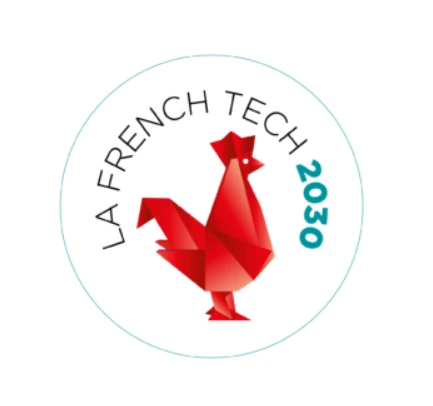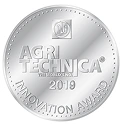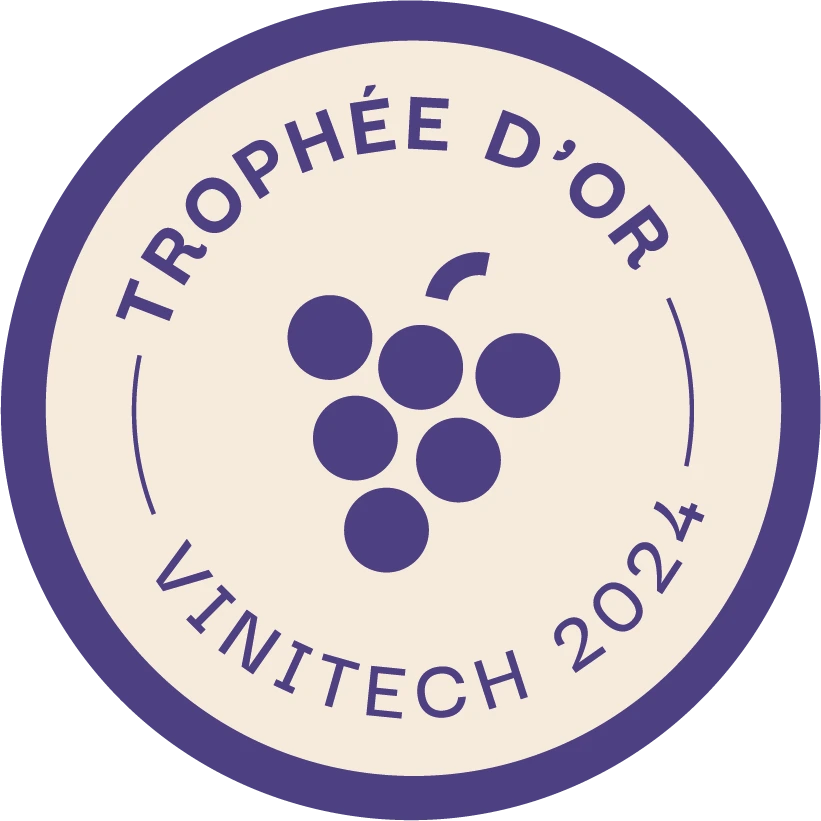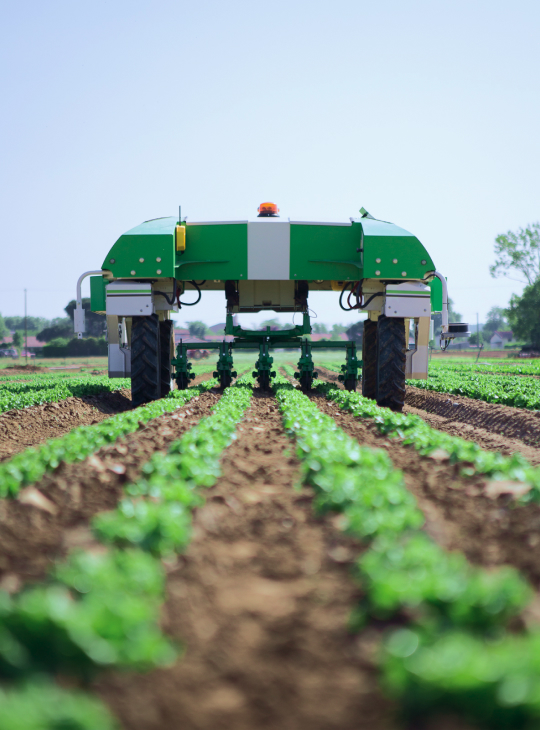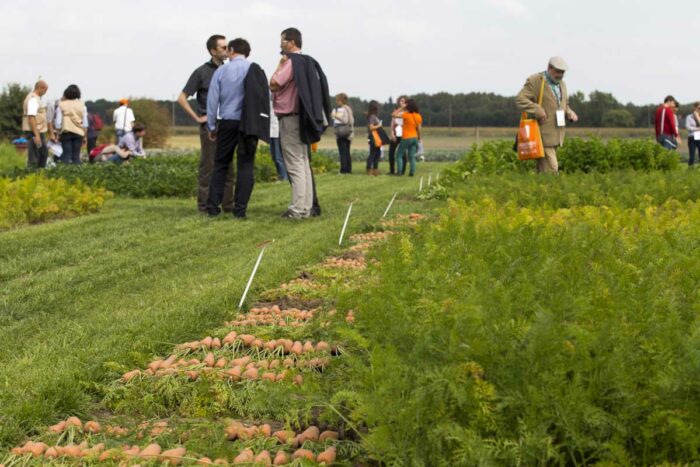
For vegetable farmers who have carrot crops in the open field, weeding is very likely the most complex agronomic issue on their to-do list. In the current context, where phytosanitary products are limited in use, manual labour is short and where consumer expectations have evolved, the carrot sector is looking for new approaches to tackle weeding issues. On April 25th, PDO carrot producer association Carottes de France organized a technical demo day to cover the question and present all alternative weeding solutions.
Weeds are the first cause worldwide of production loss in carrots. They are the main threat to this vegetable, which is “competitively lazy” during the initial stage of its development. Weeds can quickly take over, due to the root and air competition they impose on young carrot shoots. As a consequence, weeding is essential to guarantee harvest quality in terms of efficiency and health, as some weeds, such as nightshade and datura, entail toxic risks for consumers.
However, to keep the risk level to a minimum, high-performing techniques are required. This being said, the sector is highly impacted by evolving regulations, which limits the use of phytosanitary solutions.
“The products that are still authorized are less efficient and, as a consequence, they inevitable increase IFT-rates, which is contrary to the recommandations. Because of this contradiction, it is essential for us to come up with relevant alternatives,” states Sarah Bellalou, engineer at the Invénio experimental station in the French Nouvelle-Aquitaine department. “People are now well aware of the issue, not only the sector’s professionals but also the producers and manufacturers. We all know that we’ll have to do without chemicals in the long run, so we need to find solutions to keep crops profitable”, adds Cécile Augrain, task officer at Carottes de France.
Finding new approaches to weed carrots

On April 25th, near the French city of Avignon, the carrot PDO presented a range of alternatives, some of which are currently being tested by regional experimental stations. The first alternatives included preventive soil actions, such as soil solarization or occultation, steam disinfection or stale seedbeds. “Even though these techniques deserve credit for diminishing seed stocks in the pre-sowing stage, they all have limits, such as soil occupation during the summer seasons, and a high cost on an economic, human and energy level,” notes Paul Pampuri, agronomic engineer at Naïo Technologies.
In the post-sowing stage, thermal weeding, which has increased its foothold over the last decade, yields encouraging results. As to manual weeding, the practice remains well-anchored in organic settings and on small farms, but the labor shortage is clearly an issue. Often, this solution remains limited to simply catching up.
For the moment, the mechanical option (hoeing, harrowing) remains the most affordable, according to Cécile Augrain, “provided that the tools are precise and adapted to the farmer’s production method.” Today’s manufacturers therefore seek to develop new equipment (adapted to mounds, rows…) and robotics are part of the solutions, “automation becomes relevant as soon as a particular task has to be repeated frequently,” highlights Paul Pampuri.
Dino, Naïo’s autonomous weeding robot, is currently being adapted to carrot rows in order to weed them with high precision.
Combining and adapting carrot weeding solutions at a local scale

Photo credits : Carottes de France
Feasibility and implementation costs remain defining criteria when it comes to finding a solution. “We’re conducting factor-based trials to test every technique individually, before we integrate them in a cultivation system,” indicates Sarah Bellalou, for whom “there is no unique solution, we need to move towards combinations of alternatives.”
In order to fit everybody’s context as closely as possible, multiple levers are required: mechanical, using tools adapted to the farmer’s needs, budget and soil specifications; agronomical, by rethinking crop systems and arrangements, and also in terms of seeds, for instance with pre-germinated seeds, which would allow rows to close up faster and delay weed competition.
“Research,” underlines Cécile Augrain, “plays a fundamental role for producers during this transition period. The results of our experiments will allow them to implement the most reliable, profitable and feasible technical itinerary for their crops and methods.“


